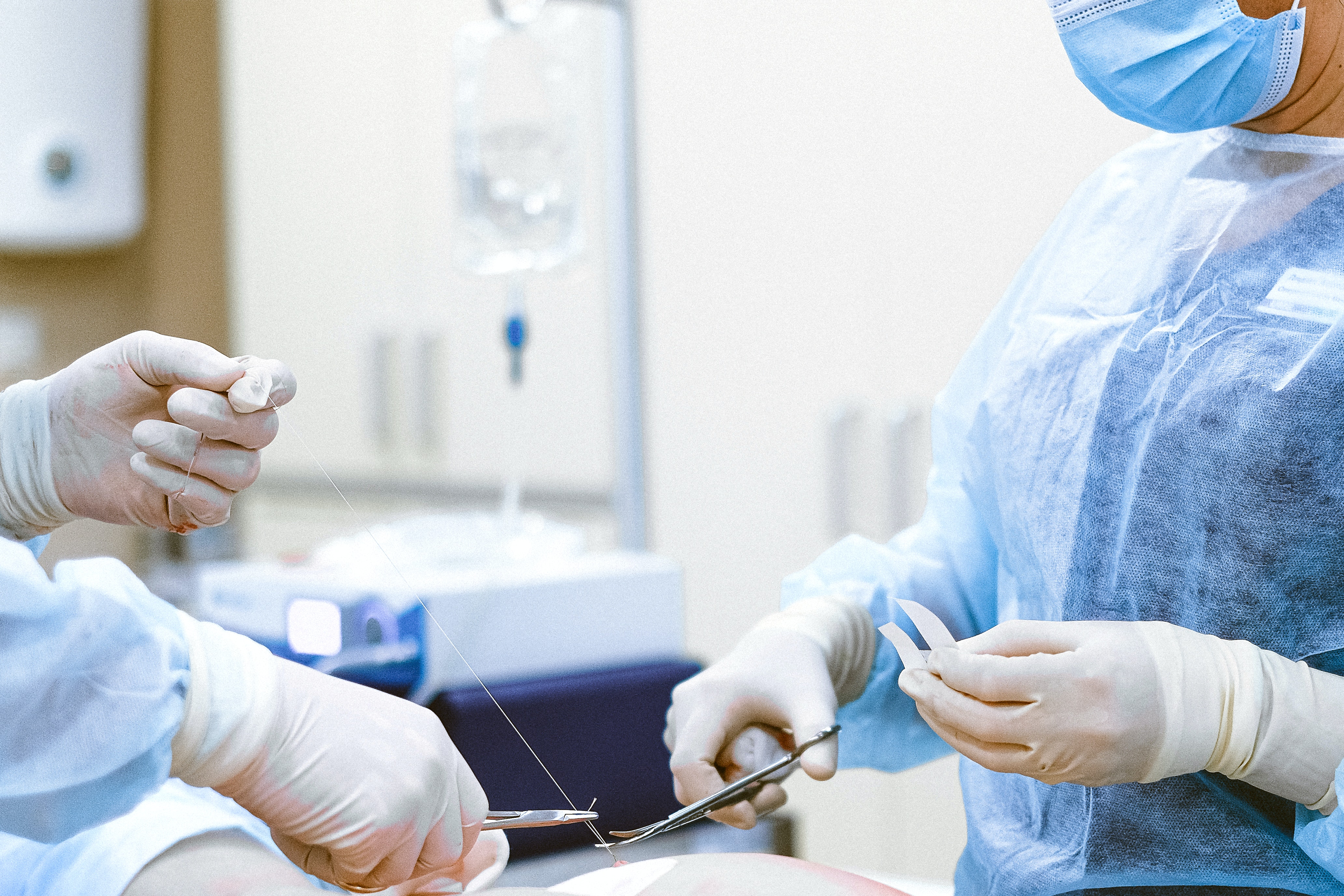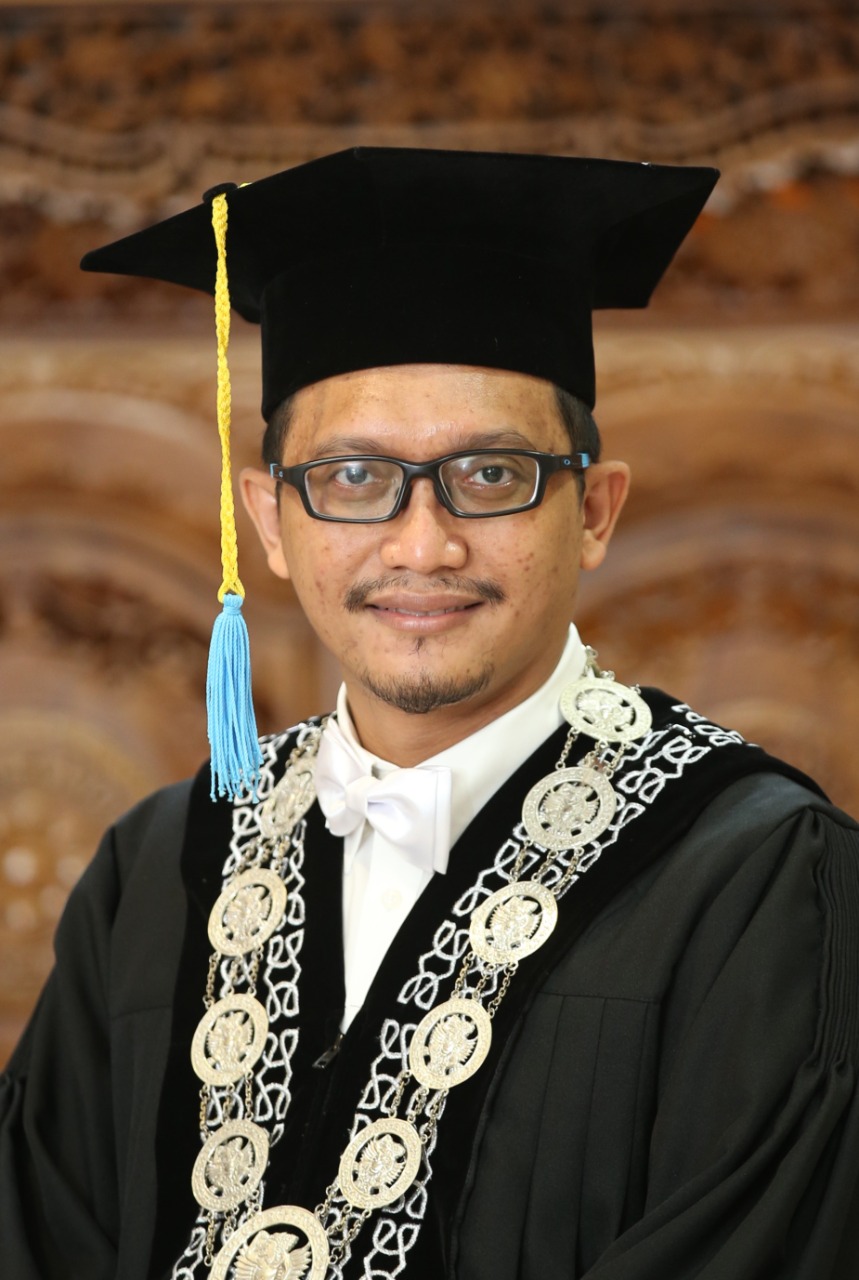Evaluation of Bowel Function on Patient Post Operative Hirschsprung Disease

Downloads
Highlights:
1. All HD patients have good defecation quality after surgery.
2. Almost all HD patients can control bowel movements without constipation or social problems after surgery.
3. The most common problem patients face after surgery is soiling, which sometimes requires diapers.
Abstract
Introduction: Hirschsprung's disease (HD) is a congenital disease in which Meissner and Auerbach's plexus ganglion cells are lost on the distal side of the digestive tract, thus interfering with defecation. The postoperative defecation process was assessed to describe the patient's quality of life. This study aimed to describe the quality of defecation in pediatric HD patients after surgery.
Methods: This was a descriptive study on pediatric PD patients who received surgery in Dr. Soetomo General Academic Hospital, Surabaya, from 2018 to 2021. Demographic data came from Dr. Soetomo General Academic Hospital, Surabaya. The incontinence evaluation was assessed using the Rintala Score.
Results: A total of 14 pediatric HD patients underwent definitive surgery and had good scores on the Rintala score. There were 2 (14.3%) patients with maximum scores, 6 (42.9%) patients with normal scores, and 6 (42.9%) patients with good scores. The highest distribution in patients was always being able to hold bowel movements (81.8%), uncertain in reporting the desire to defecate (40.9%), 1-2 times a day (68.2%), never dirty (54.5%), never constipated (77.3%), and had no social problems (77.3%).
Conclusion: Pediatric HD patients had a good outcome after a definitive operation. The most common demographics with high satisfaction rates were male and female patients with normal nutritional status, above one-year-old, normal birth weight, and term labor.
Tilghman JM, Ling AY, Turner TN, et al. Molecular Genetic Anatomy and Risk Profile of Hirschsprung's Disease. N Engl J Med 2019; 380: 1421–1432.
Heuckeroth RO. Hirschsprung Disease ” Integrating Basic Science and Clinical Medicine to Improve Outcomes. Nat Rev Gastroenterol Hepatol 2018; 15: 152–167.
Puri P, Nakamura H. Epidemiology and Clinical Characteristics of Hirschsprung's Disease. In: Hirschsprung's Disease and Allied Disorders. Cham: Springer International Publishing, pp. 167–174.
Lotfollahzadeh S, Taherian M, Anand S. Hirschsprung disease. Statpearls, http://www.ncbi.nlm.nih.gov/pubmed/18493886 (2023).
Indonesia MKR. Pedoman Nasional Pelayanan Kedokteran Tata Laksana Penyakit Hirschprung. Jakarta, https://yankes.kemkes.go.id/view_artikel/1763/tatalaksana-dan-pengobatan-hisprung-pada-anak (2017).
Westfal ML, Okiemy O, Chung PHY, et al. Optimal Timing for Soave Primary Pull-Through in Short-Segment Hirschsprung Disease: A Meta-Analysis. J Pediatr Surg 2022; 57: 719–725.
Hoff Hagen M. Exploring Digital Psychosocial Follow-Up for Survivors of Childhood Critical Illness. pp. 222–223.
Lotfollahzadeh S, Taherian M, Anand S. Hirschsprung Disease, http://www.ncbi.nlm.nih.gov/pubmed/18493886 (2023).
Puri P, Nakamura H. Epidemiology and Clinical Characteristics of Hirschsprung's Disease. In: Hirschsprung's Disease and Allied Disorders. Cham: Springer International Publishing, pp. 167–174.
Fosby M V, Stensrud KJ, Bjí¸rnland K. Bowel Function after Transanal Endorectal Pull-Through for Hirschsprung Disease - Does Outcome Improve Over Time? J Pediatr Surg 2020; 55: 2375–2378.
Hoel AT, Tofft L, Bjí¸rnland K, et al. Reaching Adulthood with Hirschsprung's Disease: Patient Experiences and Recommendations for Transitional Care. J Pediatr Surg 2021; 56: 257–262.
SA M. Gambaran Karakteristik Penyakit Hirschsprung di RSUD Al-Ihsan Bandung Periode 1 Januari 2016 - 30 September 2019. In: Prosiding Pendidikan Dokter. Bandung: Pusat Penerbitan Universitas (P2U-LPPM), pp. 631–636.
Ahmad H, Rentea RM, Knaus ME, et al. Routine Botulinum Toxin Injection One Month after a Swenson Pull-Through does not Change the Incidence of Hirschsprung Associated Enterocolitis. J Pediatr Surg 2022; 57: 1453–1457.
Loganathan AK, Mathew AS, Kurian JJ. Assessment of Quality of Life and Functional Outcomes of Operated Cases of Hirschsprung Disease in a Developing Country. Pediatr Gastroenterol Hepatol Nutr 2021; 24: 145–153.
Salsabiila JH, Joewono HT, Sulistiawati S. Maternal Educational Status as One of the Risk Factors Affecting the Incidence of Infants with Low Birth Weight in Dr. M. Soewandhie General Hospital Surabaya. JUXTA J Ilm Mhs Kedokt Univ Airlangga 2021; 12: 10.
Pruitt LCC, Skarda DE, Rollins MD, et al. Hirschsprung-Associated Enterocolitis in Children Treated at US Children's Hospitals. J Pediatr Surg 2020; 55: 535–540.
Widyasari A, Pavitasari WA, Dwihantoro A, et al. Functional Outcomes in Hirschsprung Disease Patients After Transabdominal Soave and Duhamel Procedures. BMC Gastroenterol 2018; 18: 56.
Monoarfa EDCHFLA. Gambaran Pasien Hirschsprung di RSUP Prof. Dr. RD Kandou Manado Periode Januari 2010–September 2014. J e-Clinic 2015; 3: 229–236.
Langer JC. Hirschsprung Disease. Curr Opin Pediatr 2013; 25: 368–74.
Jordan N, Ranuh IGMRG, Sari GM. Profile of Diarrheal Patients Aged Less than Five Years Old Hospitalized in Dr. Soetomo General Hospital Surabaya in 2016-2018. JUXTA J Ilm Mhs Kedokt Univ Airlangga 2020; 11: 45.
Dai Y, Deng Y, Lin Y, et al. Long-Term Outcomes and Quality of Life of Patients with Hirschsprung Disease: A Systematic Review and Meta-Analysis. BMC Gastroenterol 2020; 20: 67.
Ambartsumyan L, Smith C, Kapur RP. Diagnosis of Hirschsprung Disease. Pediatr Dev Pathol 2020; 23: 8–22.
Gabriela GC, Geometri ET, Santoso GE, et al. Long-Term Growth Outcomes in Children with Hirschsprung Disease after Definitive Surgery: A Cross-Sectional Study. Ann Med Surg 2020; 59: 176–179.
Wahid TOR. Hasil Luaran Operasi Pulltrough pada Hirsprung dengan Skoring Klotz di RSUD Arifin Achmad Pekanbaru (2010-2016). J Kesehat Melayu 2018; 1: 93.
Svetanoff WJ, Kapalu CL, Lopez JJ, et al. Psychosocial Factors Affecting Quality of Life in Patients with Anorectal Malformation and Hirschsprung Disease-A Qualitative Systematic Review. J Pediatr Surg 2022; 57: 387–393.
Rusti HA, Widjaja NA, Irawan R, et al. The Use of STRONGkids, Total Lymphocyte Count, and Serum Albumin to Identify the Risk of Hospital Malnutrition in Children. Folia Medica Indones 2023; 59: 32–39.
Sampurna MTA, Liem KD, Pratama DC, et al. A Review of Existing Neonatal Hyperbilirubinemia Guidelines in Indonesia. F1000Research 2022; 11: 1534.
Gunadi, Karina SM, Dwihantoro A. Outcomes in Patients with Hirschsprung Disease Following Definitive Surgery. BMC Res Notes 2018; 11: 644.
Aravind KL, Nisha N, Sushmitha R, et al. Duhamel's Procedure for Hirschsprung's Disease and The Functional Outcome in a Tertiary Care Center. Indian J Child Health 2021; 8: 51–55.
Gunadi, Karina SM, Dwihantoro A. Outcomes in Patients with Hirschsprung Disease Following Definitive Surgery. BMC Res Notes 2018; 11: 644.
Gunadi, Monica Carissa T, Stevie, et al. Long-Term Functional Outcomes of Patients with Hirschsprung Disease Following Pull-Through. BMC Pediatr 2022; 22: 246.
Pini Prato A, Arnoldi R, Falconi I, et al. Congenital Anomalies of the Kidney and Urinary Tract in a Cohort of 280 Consecutive Patients with Hirschsprung Disease. Pediatr Nephrol 2021; 36: 3151–3158.
Tjan A. Radiology Perspective One-Year Study of Hirschsprung Disease. Folia Medica Indones 2021; 57: 41.
Zhang Y, Liu Z, Li S, et al. One-Stage Transanal Endorectal Pull-Through for Hirschsprung Disease: Experience with 229 Neonates. Pediatr Surg Int 2022; 38: 1533–1540.
Bjí¸rnland K, Pakarinen MP, Stenstrí¸m P, et al. A Nordic Multicenter Survey of Long-Term Bowel Function after Transanal Endorectal Pull-Through in 200 Patients with Rectosigmoid Hirschsprung Disease. J Pediatr Surg 2017; 52: 1458–1464.
Copyright (c) 2023 Ailsa Reina Faradiba, Alpha Fardah Athiyyah, I Gusti Bagus Adria Hariastawa

This work is licensed under a Creative Commons Attribution-ShareAlike 4.0 International License.
1. The journal allows the author to hold the copyright of the article without restrictions.
2. The journal allows the author(s) to retain publishing rights without restrictions
3. The formal legal aspect of journal publication accessibility refers to Creative Commons Atribution-Share Alike 4.0 (CC BY-SA).




























